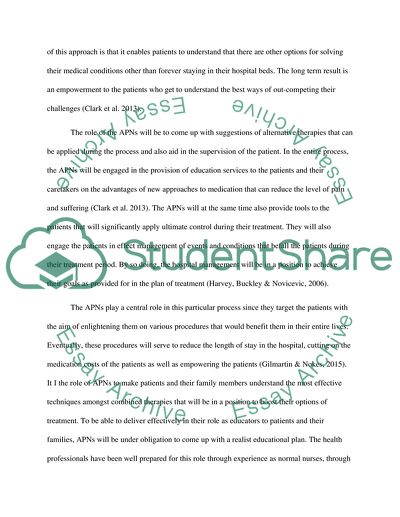Cite this document
(“Advanced Practice Nurse Practitioners Assignment”, n.d.)
Advanced Practice Nurse Practitioners Assignment. Retrieved from https://studentshare.org/nursing/1701041-advanced-practice-nurse-practitioners
Advanced Practice Nurse Practitioners Assignment. Retrieved from https://studentshare.org/nursing/1701041-advanced-practice-nurse-practitioners
(Advanced Practice Nurse Practitioners Assignment)
Advanced Practice Nurse Practitioners Assignment. https://studentshare.org/nursing/1701041-advanced-practice-nurse-practitioners.
Advanced Practice Nurse Practitioners Assignment. https://studentshare.org/nursing/1701041-advanced-practice-nurse-practitioners.
“Advanced Practice Nurse Practitioners Assignment”, n.d. https://studentshare.org/nursing/1701041-advanced-practice-nurse-practitioners.


